
Even during times when new official content was scarce, fan-made stories and artwork helped keep the Dragon Ball franchise thriving. Fans are now incredibly skilled at creating their own stories and visuals, and interestingly, Dragon Ball Super‘s official artist, Toyotarou, began his career by creating unofficial fan comics. Fan creations are now widely appreciated, and while many exist, Dragon Ball Multiverse stands out as one of the most ambitious and consistently updated projects.
Created in 2008, Dragon Ball Multiverse is a fan-made continuation of the Dragon Ball series that has grown to over 100 chapters and 2500 pages. It was originally made by two French fans, Salagir and Gogeta Jr., who later brought on the artist Asura and a team of translators. While many Dragon Ball fans aren’t aware of it, a dedicated following believes Dragon Ball Multiverse is a stronger sequel to Dragon Ball Z than Dragon Ball Super.
Dragon Ball Multiverse Beats Dragon Ball Super At The Multiverse Concept
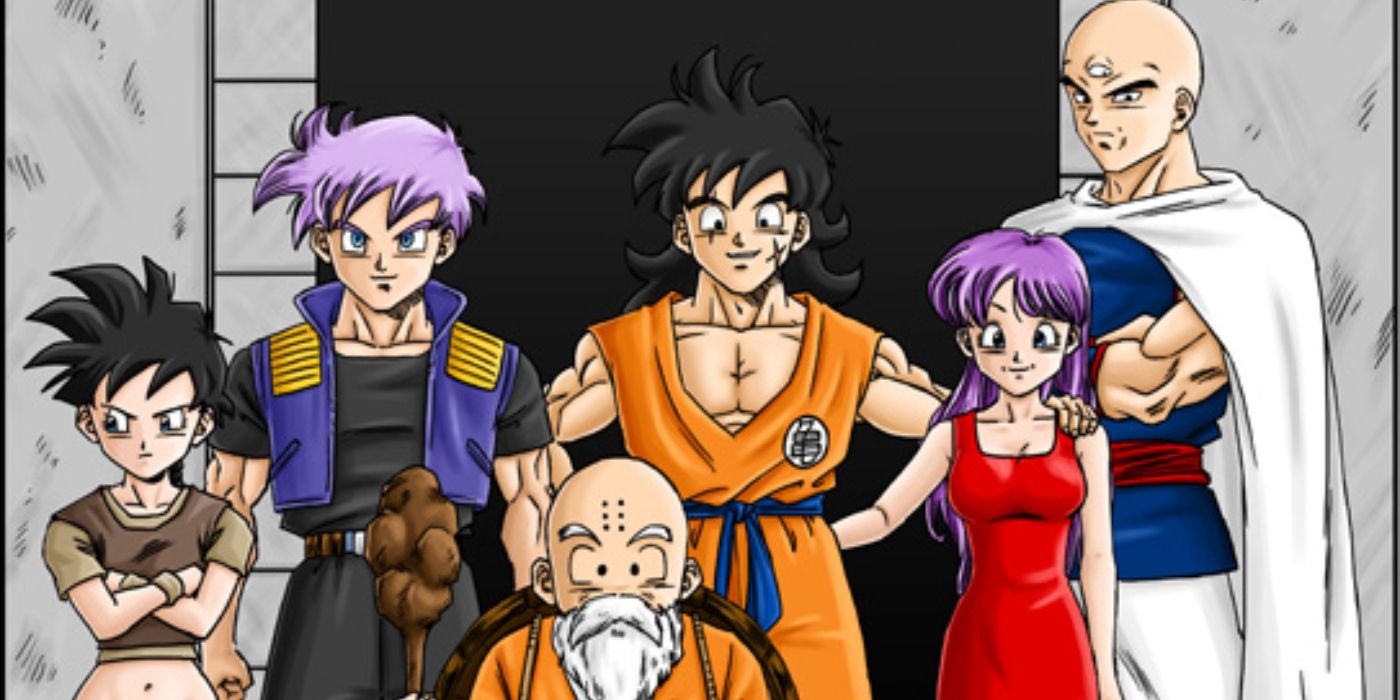
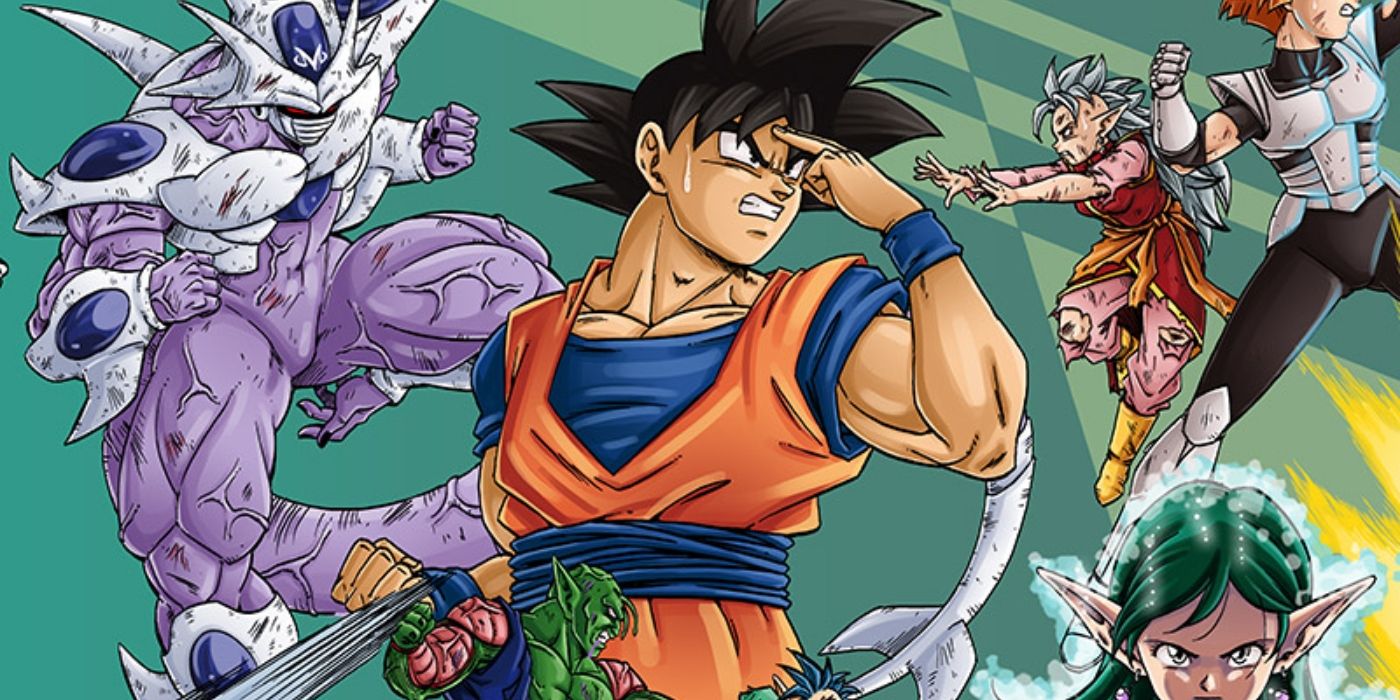
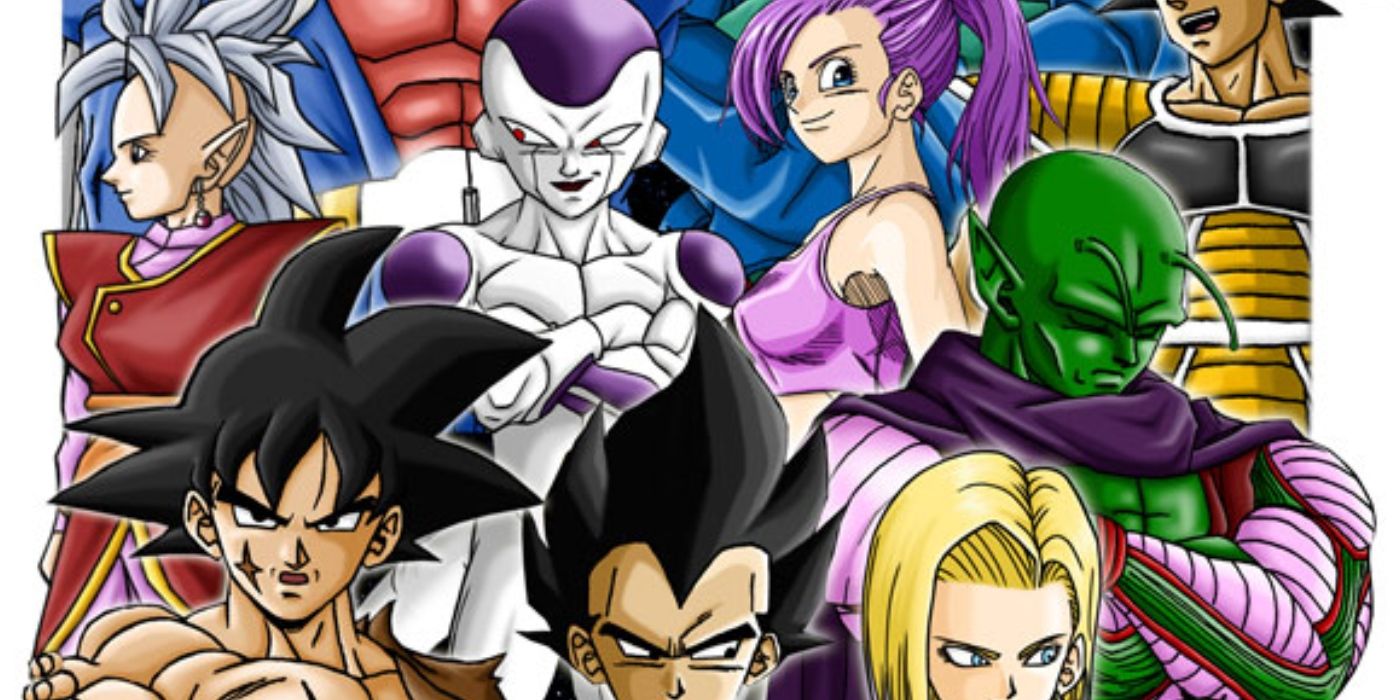
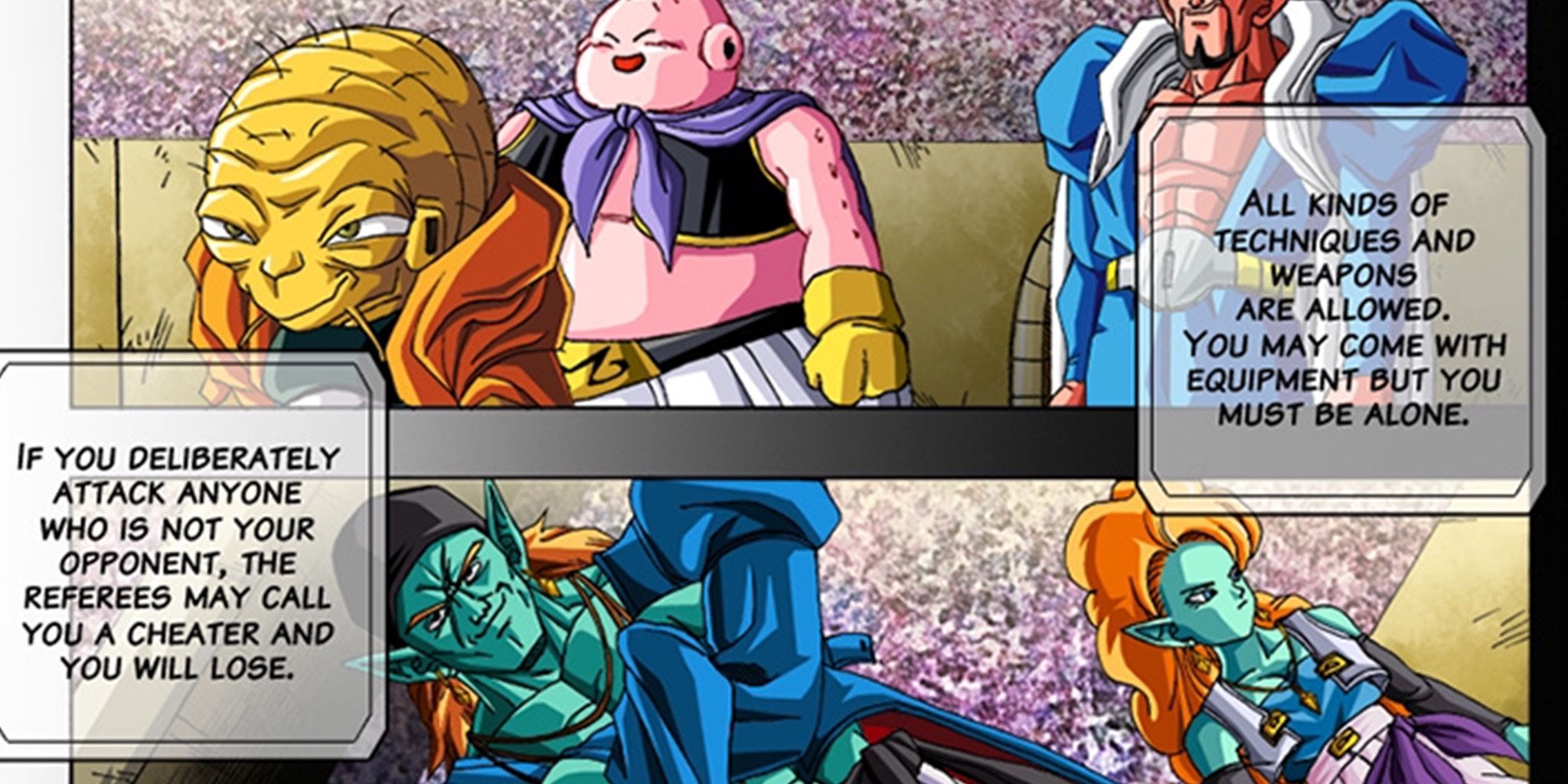
Dragon Ball Multiverse begins a decade after the events of the Peaceful World Saga, and it explores the idea of a multiversal tournament before Dragon Ball Super does. In this series, twenty different universes come together in the empty Universe 0 to compete in a massive tournament with Dragon Ball wishes as the prize. Dragon Ball Super features a multiverse of twelve universes, but focuses on only eight. Furthermore, many fans feel that Dragon Ball Super doesn’t fully utilize the potential of its multiverse and the characters it introduces.
The many fighters in the Tournament of Power feel more like characters Goku would encounter on a new planet, rather than from a completely different universe. The main exceptions are Universe 6, which presents a world where the Saiyans survived instead of being destroyed by Frieza’s counterpart, Frost, and the fighters from Universe 3, who seem like they belong in a magical girl anime. While the idea of a multiverse is vast, Dragon Ball Super doesn’t fully explore its potential.
I’m a huge fan of the Dragon Ball Multiverse concept! What’s so cool is that all these different universes actually start from the same basic timeline, but then something changes along the way in each one. It’s a really fun way to explore alternate realities and see how things could have gone differently. Plus, it officially brings characters like Broly, Bojack, and Tapion – who were originally just in the movies – into the main continuity! We’ve seen this ‘What If?’ style of storytelling pop up in Dragon Ball games and other spin-off content for a while now, and it’s always a blast – even if it’s not considered official canon.
Many alternate universe stories just hint at exciting possibilities, but Dragon Ball Multiverse really delivers. It creates 19 unique realities, and many of them are far more imaginative and well-developed than anything we’ve seen in Dragon Ball Super. These ‘What If?’ scenarios are diverse and give each character a chance to shine in at least one of these worlds.
There are alternate universes with wildly different Dragon Ball storylines. In one, Goku and Krillin never meet, leading to Krillin becoming Master Roshi’s star pupil and Yamcha being a cyborg. Surprisingly, Cooler, not Frieza, heads the World Trade Organization in this reality. Another universe features a powerful, fused Namekian named Gast Carcolh who stops Frieza’s attack on Namek and goes on to defeat Cell and Majin Buu as well.
While Dragon Ball Super‘s introduction of a multiverse seems fine on its own, it doesn’t quite measure up to the world-building in fan-made series like Dragon Ball Multiverse. Even Super Dragon Ball Heroes, with its Super Space-Time Tournament, offers a more daring take on the multiverse concept than Super‘s Tournament of Power. Although these other series aren’t officially part of the Dragon Ball story, they highlight the areas where Dragon Ball Super falls short in developing one of its key ideas.
Dragon Ball Multiverse Features Better Power Scaling & Transformations Than Super
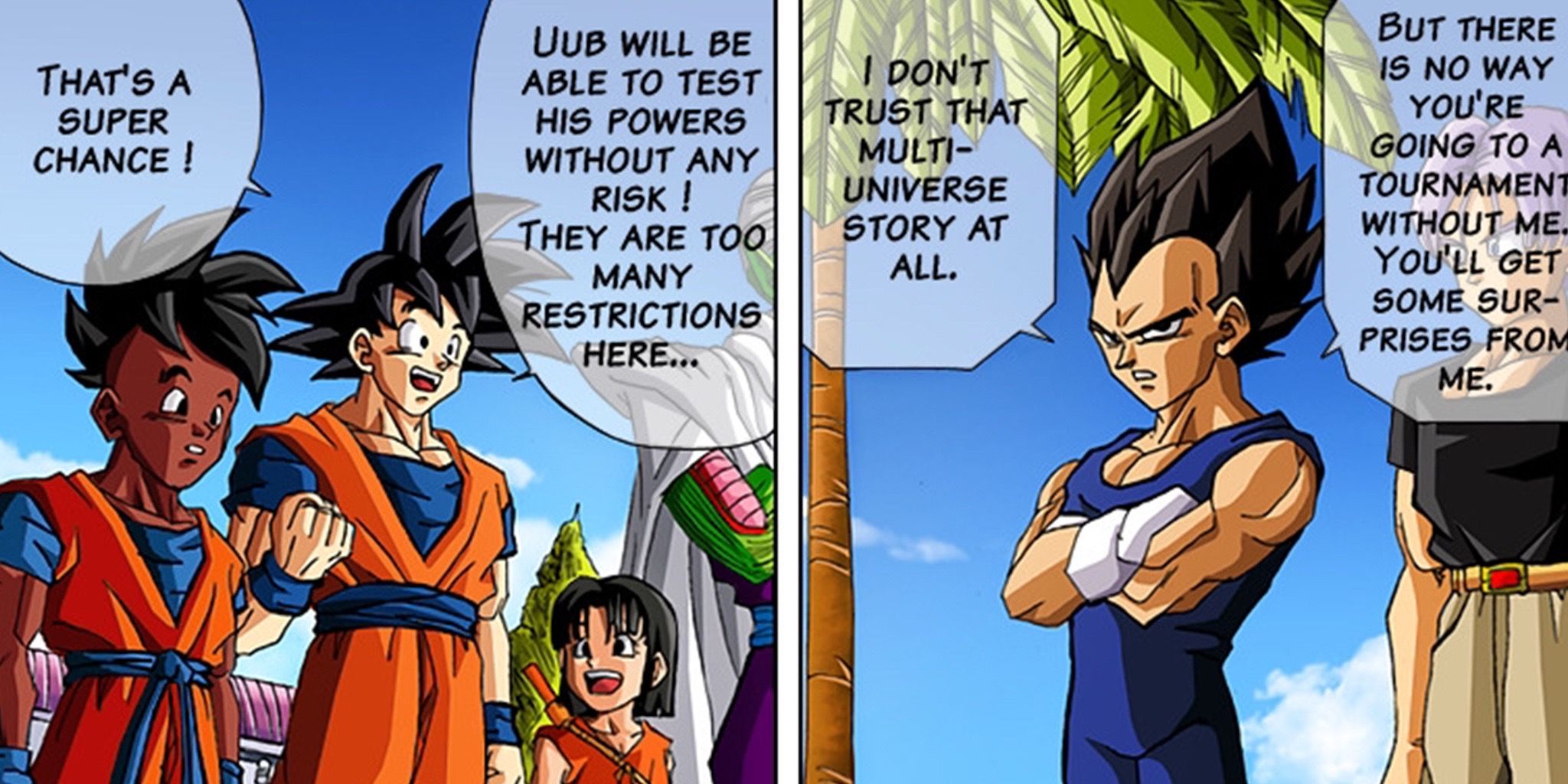
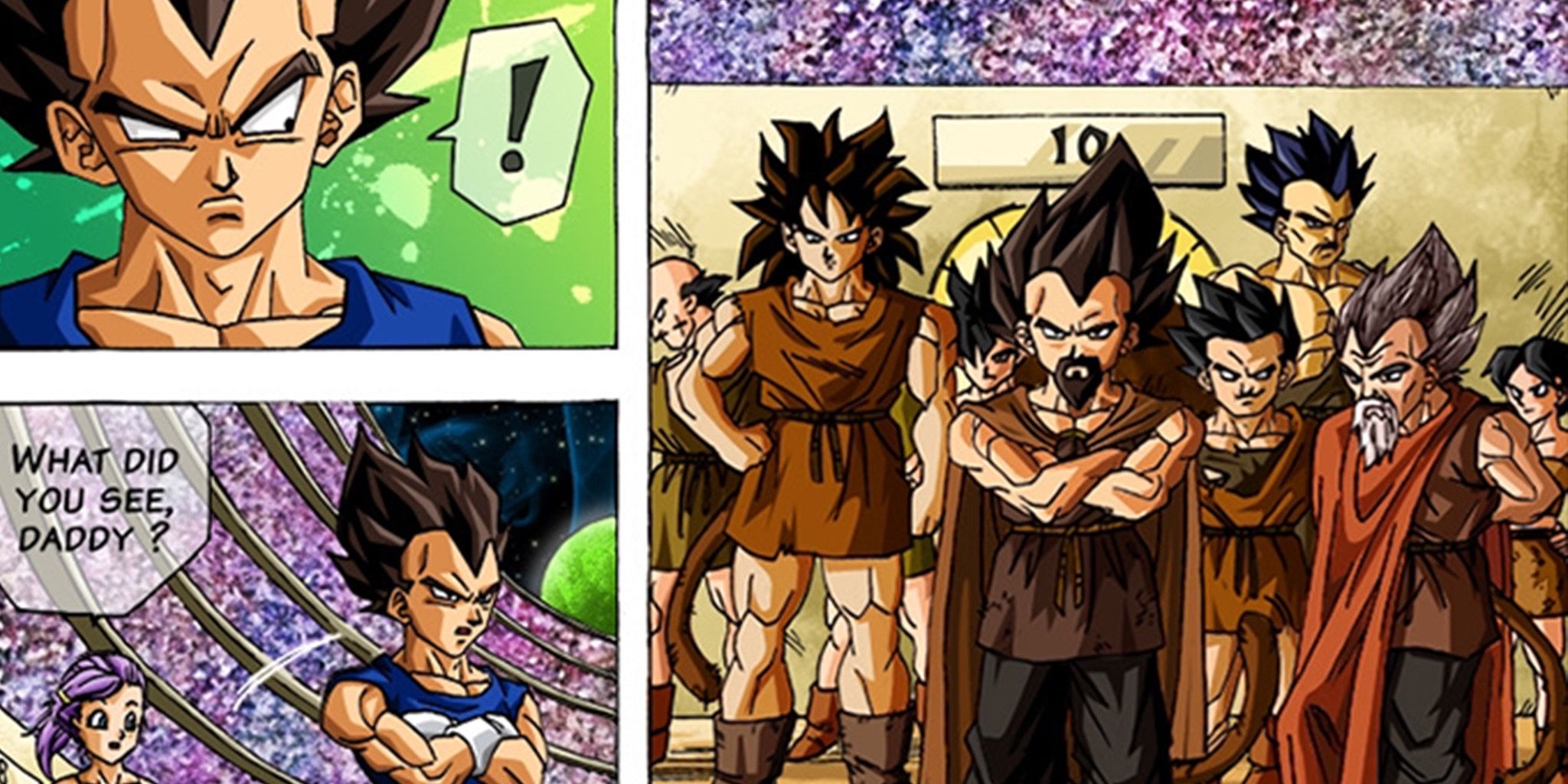
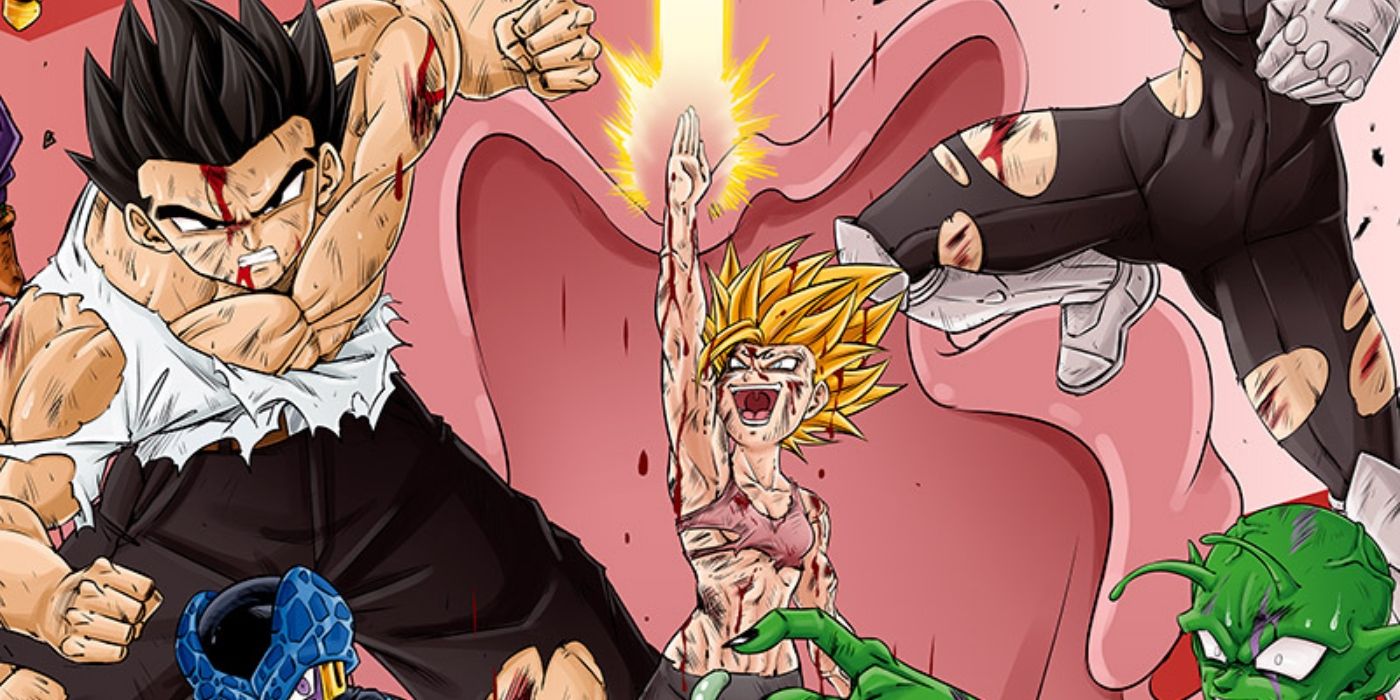
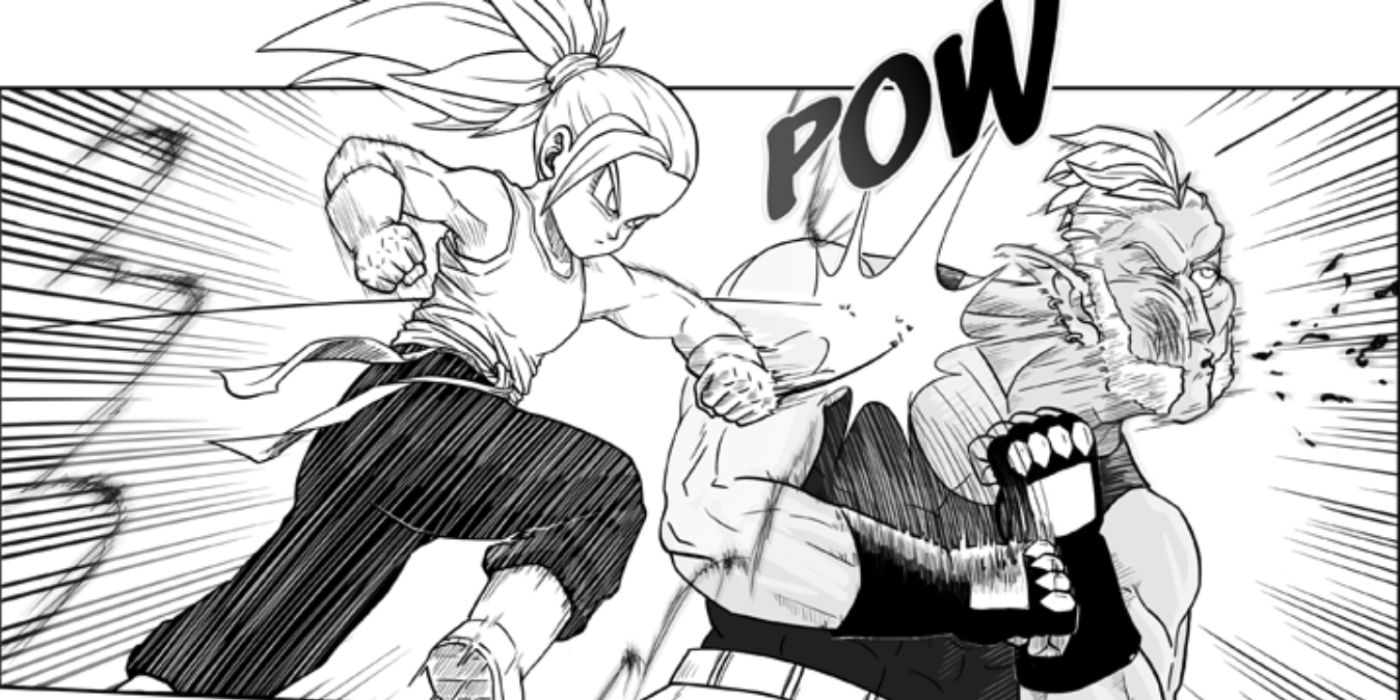
Long-running action series like Dragon Ball often face a common problem: characters get so powerful that it becomes hard to believe. There’s a habit of making each new villain stronger than the last, which can lead to escalating power levels. This became particularly challenging for Dragon Ball Super when Goku and Vegeta gained divine energy and began fighting opponents as strong as angels and gods.
Dragon Ball Super significantly increases the power of Goku and Vegeta, setting a new standard for the series. However, it struggles to meaningfully include supporting characters like Krillin, Tien, and Master Roshi without creating inconsistencies. While Krillin is strong, it doesn’t make sense for him to be able to defeat characters like Goku or Gohan. As a result, Dragon Ball Super has to be flexible with how it portrays power levels; otherwise, it would create complicated and restrictive scenarios. The show asks viewers to understand power based on what they see happening in each fight, treating each battle as a unique event with its own scale of power.
Taking place twenty years after Dragon Ball Super, Dragon Ball Multiverse features a more realistic approach to power levels. The story focuses on incredibly strong characters from various universes who have been training independently, making them believable and formidable opponents.
It’s more believable that Krillin or Yamcha from another universe in Dragon Ball Multiverse could compete with Goku than the way power levels are handled in Dragon Ball Super. Dragon Ball Multiverse concentrates on the strength of different universes and the idea that small changes can have big consequences, rather than constantly introducing new transformations for its characters. While often wild and unpredictable, Dragon Ball Multiverse surprisingly keeps the versions of characters from Universe 18 relatively consistent with their original selves.
Fans agree that power levels in Dragon Ball Super have become ridiculously inflated, making any attempt to logically compare characters nearly impossible. Dragon Ball Multiverse offers a refreshing take on the series, demonstrating how to develop characters and expand the universe without abandoning established rules. It introduces new transformations that feel more realistic and earned than the Super Saiyan God and Super Saiyan Blue forms in Dragon Ball Super. Many fans enjoy seeing characters like Pan achieve Super Saiyan or witnessing new Saiyans like Bra reach Super Saiyan 2. In contrast, the forms in Dragon Ball Super often feel like exaggerated parodies of the original Super Saiyan concept. The power scaling issues in Dragon Ball Super have become so severe that the series now relies on unique transformations for each character just to create a balanced playing field.
Dragon Ball Multiverse Recaptures Classic Dragon Ball Energy


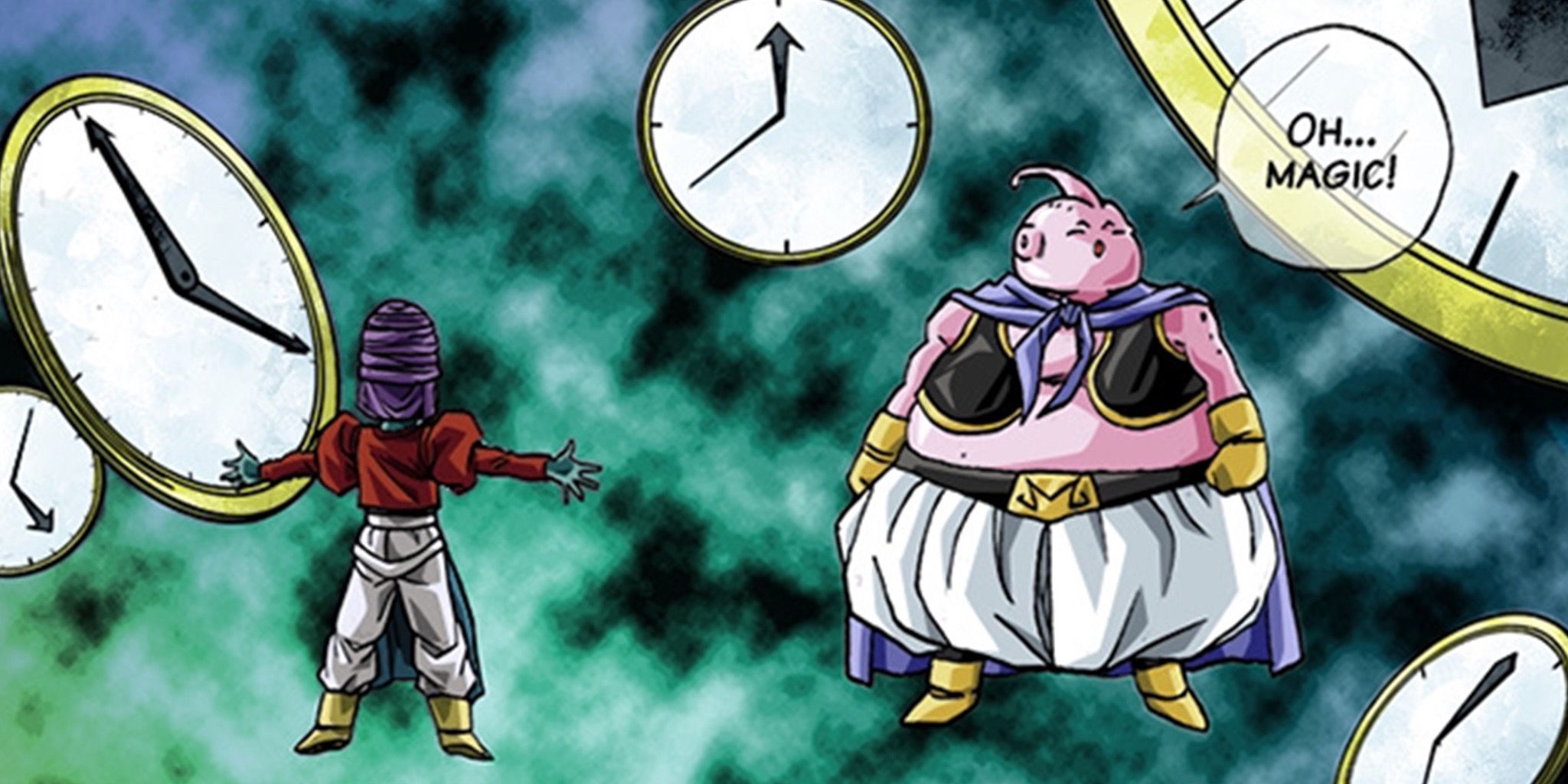

While series like Dragon Ball Super, Dragon Ball GT, and Dragon Ball DAIMA continue the story after Dragon Ball Z, they often fall short of capturing the magic of the original. These newer shows frequently revisit old characters, events, and imagery – even drawing from Dragon Ball Multiverse – but simply referencing the past isn’t enough. Fans can tell when nostalgia feels forced or lacks genuine substance, and this has been a common criticism of Dragon Ball Super. The series revisits villains like Frieza, Future Trunks, Broly, and Cell, but these returns haven’t always lived up to their previous appearances in Dragon Ball Z. Just bringing back familiar faces doesn’t automatically recreate the excitement of the original series.
Dragon Ball Multiverse successfully captures the feel of classic Dragon Ball Z, avoiding simply relying on nostalgia. Because it was created before Dragon Ball Super, it isn’t affected by the newer series’ changes in tone or direction. It feels like a natural continuation of Dragon Ball Z, preserving the original energy. The series consistently honors Dragon Ball Z by building each alternate timeline around key moments from the original, even highlighting details that fans might not have noticed before.
Dragon Ball Multiverse offers a new way to enjoy the original Dragon Ball Z, something Dragon Ball Super doesn’t quite capture. While Dragon Ball Super revisits older storylines, they often feel forced. Dragon Ball DAIMA does a better job with this, but it still doesn’t match the deep appreciation for classic Dragon Ball that Multiverse has. The future of the Dragon Ball franchise is uncertain, but more content is planned. Although a direct adaptation of Dragon Ball Multiverse isn’t likely, fans hope its spirit and ideas will influence future Dragon Ball stories.
Read More
- Прогноз криптовалюты ETH: прогнозы цены эфириума
- Золото прогноз
- Прогноз нефти
- “You Can’t Get Sick of Harley,” Says Margot Robbie — Claims James Gunn Hasn’t Approached Her About DCU
- Прогноз криптовалюты ETH: прогнозы цены эфириума к рублю
- It’s Been Weeks Since I Watched Freaky Tales, And I’m Still Thinking About That Random Tom Hanks Scene
- Supergirl Movie Will Clarify Superman 2025’s Most Controversial Retcon, Confirms Star
- Провал XRP в ноябре: Крипто-клоун криптовалюты!
- SNL Cold Open and Weekend Update Anger Trump Supporters
- Actor Who Almost Played Superman in DCU Could Be Batman Now
2025-11-09 19:43